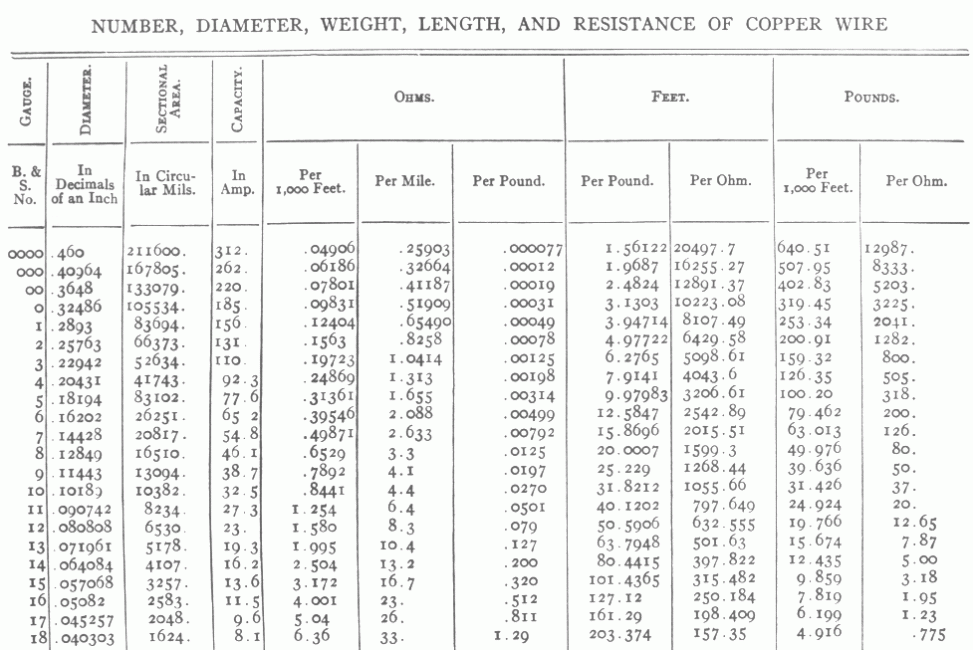JeepHammer
SHOOTER
Electrical Anything is 'FM' to most people simply because they never learned how it works and can't see it work.
('FM' = Freakin' Magic)
The second big road block is basic math.
While a solar powered canculator makes this dirt simple, people simply refuse to do it.
i don't know if the 'Preppers' are the low end of the educational process, or if people with math phobias are drawn to 'Prepping', but it's the hardest part to overcome I've found.
Here are some basic fundamentals to get you started...
1. Everything you do will be broken down into a standard unit of electrical measure, WATTS.
It doesn't matter if it's AC (Alternating Current),
Or if it's DC (Direct Current),
Or if you are talking Volts (Pressure),
Or talking Amps (Volume),
EVERYTHING will need broken into WATTS when you buy or build your system.
Watts = Volts X Amps.
Or,
Volts X Amps = Watts.
Example,
1,500 Watt hair dryer (or microwave, or space heater, etc)
1,500 Watts devided by 110 Volt outlet power...
1,500 devided by 110 = 13.636 Amps.
That same hair dryer at 240 Volts (most of the rest of the world)
1,500 devided by 240 = 6.25 Amps
That same 1,500 Watt load on a 12 Volt system,
1,500 devided by 12 = 125 Amps
All EXACTLY the same 1,500 power LOAD (draw on power), but three different Voltages mean three different Amperage loads on supply.
This is EXACTLY what you will need to know how to do to size your system, stupid simple math, and yet very few will get past this part.
('FM' = Freakin' Magic)
The second big road block is basic math.
While a solar powered canculator makes this dirt simple, people simply refuse to do it.
i don't know if the 'Preppers' are the low end of the educational process, or if people with math phobias are drawn to 'Prepping', but it's the hardest part to overcome I've found.
Here are some basic fundamentals to get you started...
1. Everything you do will be broken down into a standard unit of electrical measure, WATTS.
It doesn't matter if it's AC (Alternating Current),
Or if it's DC (Direct Current),
Or if you are talking Volts (Pressure),
Or talking Amps (Volume),
EVERYTHING will need broken into WATTS when you buy or build your system.
Watts = Volts X Amps.
Or,
Volts X Amps = Watts.
Example,
1,500 Watt hair dryer (or microwave, or space heater, etc)
1,500 Watts devided by 110 Volt outlet power...
1,500 devided by 110 = 13.636 Amps.
That same hair dryer at 240 Volts (most of the rest of the world)
1,500 devided by 240 = 6.25 Amps
That same 1,500 Watt load on a 12 Volt system,
1,500 devided by 12 = 125 Amps
All EXACTLY the same 1,500 power LOAD (draw on power), but three different Voltages mean three different Amperage loads on supply.
This is EXACTLY what you will need to know how to do to size your system, stupid simple math, and yet very few will get past this part.







